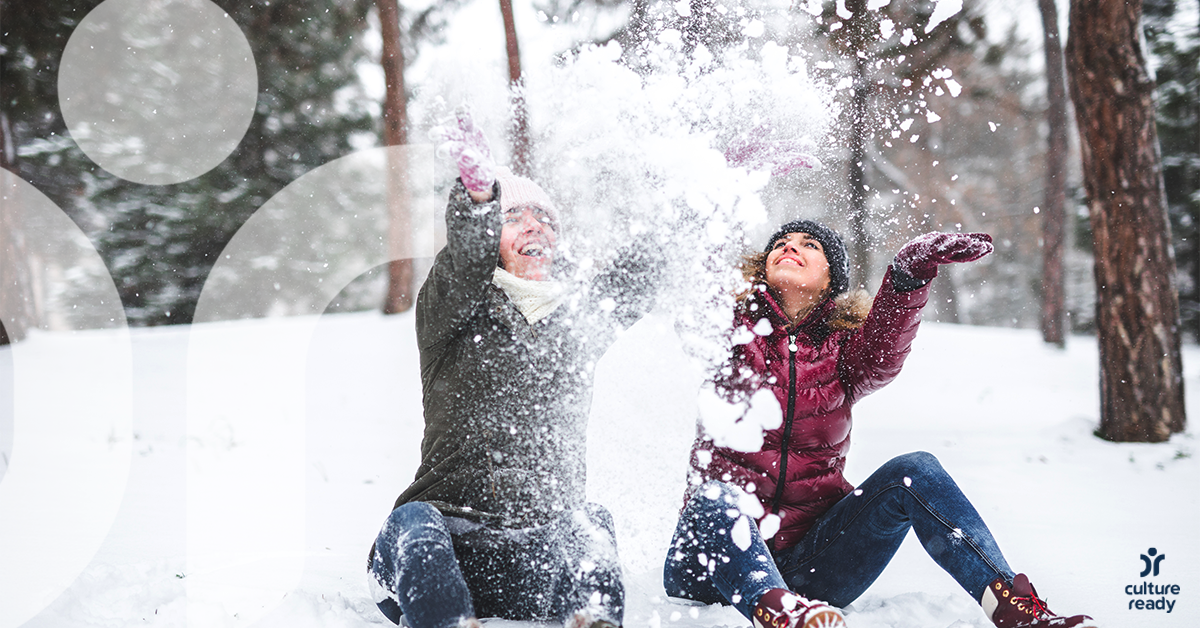Winter Solstice: More than Just the Shortest Day of the Year
For some, winter is a time to get cozy by the fire, drink hot cocoa, and exchange gifts with family and friends. For others, it’s a time to reflect on the year and look ahead to what the coming year will bring as the days get longer and the weather eventually warms. While many of us are familiar with Christmas, Hanukkah, and Kwanzaa, many cultures around the world also celebrate the winter solstice.
What and when is the winter solstice? Simply put, it is the shortest day of the year. It happens between December 20th and 23rd every year and at the same time for everyone around the world. This year, it will be at 8:30am EST on December 21st, which will be 9:30pm in Beijing.
Here are a few winter solstice celebrations that are held around the world:
Iran: Yalda Night
Shab-e-Yalda, also known as Yalda Night, is the Iranian winter solstice celebration. Yalda is Syriac for birth, and Shab-e-Yalda observes the birth of Mitra, the goddess of light. Families will gather to enjoy food such as nuts, pomegranates, and watermelons, and to read poetry written by the Persian poet Hafiz in the 14th century. Families may make wishes before reading a poem and interpret it to determine if their wishes will come true.
American Southwest: Soyal
The Hopi people of the American southwest observe Soyal, which, like in other cultures, “is the traditional time to welcome the sun back from its winter slumber.” To the Hopi, the 16 days of celebrations involve prayers, dances, and feasts. Most notable are the Kachina dances, meant to represent the Kachinas or spirits who guide the Hopi throughout the year. Along with the dances, people also make prayer sticks to bless their homes, animals, and plants.
China: Dongzhi
Dongzhi is celebrated a little bit differently depending on whether you are in southern or northern China. Food plays a major role in the celebration: in the north, families will eat dumplings or dumpling soup, and in the south they eat wontons or rice balls. They may also observe the event by worshipping the heavens to ensure a good harvest in the coming year and by “counting the nines of winter,” which refers to the nine days starting with the winter solstice and expresses how the weather will change as it progresses into farming season.
What winter solstice celebrations have you participated in? What about the ones discussed here do you find most interesting? Let us know over on Twitter or Facebook.
Learn More:
- 10 Facts About the Winter Solstice
- 13 Fascinating Winter Solstice Traditions Around the World
- Yalda Night, Iranian celebration of longest night of year
- Encyclopedia Iranica: ČELLA
- Dongzhi Festival, Winter Solstice in China, One of the 24 Solar Terms
- Traditional Chinese Festivals
- Soyal: December's Hopi Winter Solstice Ceremony
- 12 Days of Celebrations - Soyal
